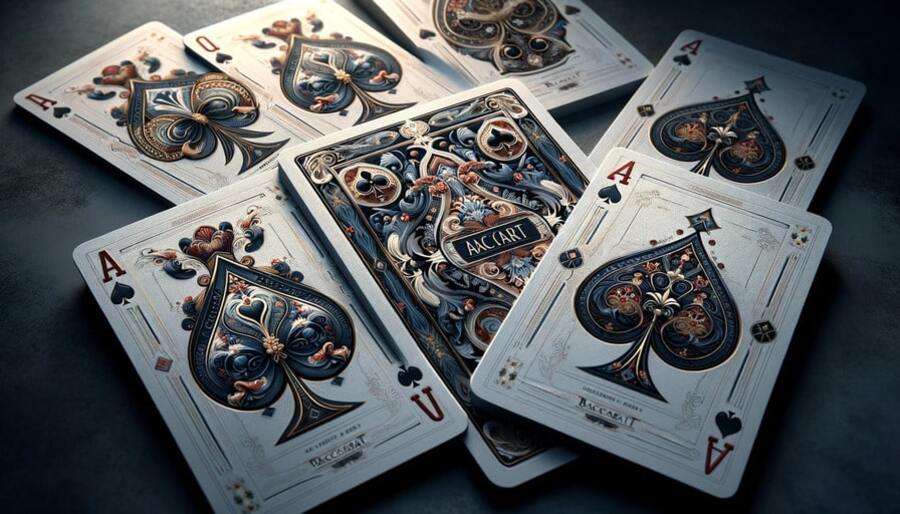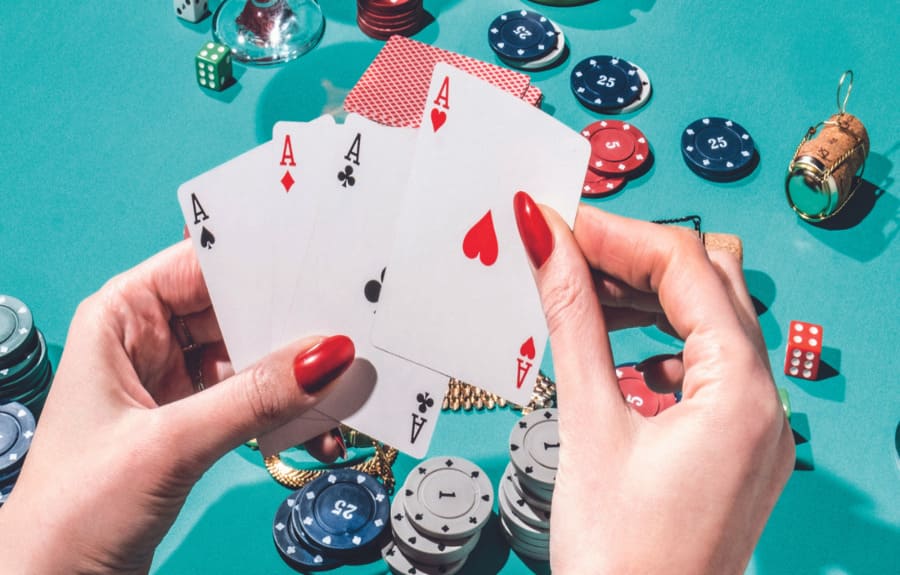유흥알바의 세계: 급여와 기회의 새로운 지평
유흥알바는 단순한 일자리가 아닌, 새로운 경험과 기회의 공간입니다. 다양한 업종과 지역에서 활발한 채용이 이루어지고 있어, 많은 이들이 관심을 가지고 있습니다. 유흥알바, 어떤 일자리가 있나? 유흥알바는 바, 클럽, 라운지 등 다양한 업종에서 이루어집니다. 이지알바와 같은 사이트에서는 지역별, 업종별로 구체적인 일자리 정보를 제공하고 있어, 구직자들이 쉽게 원하는 일자리를 찾을 수 있습니다. 급여...











